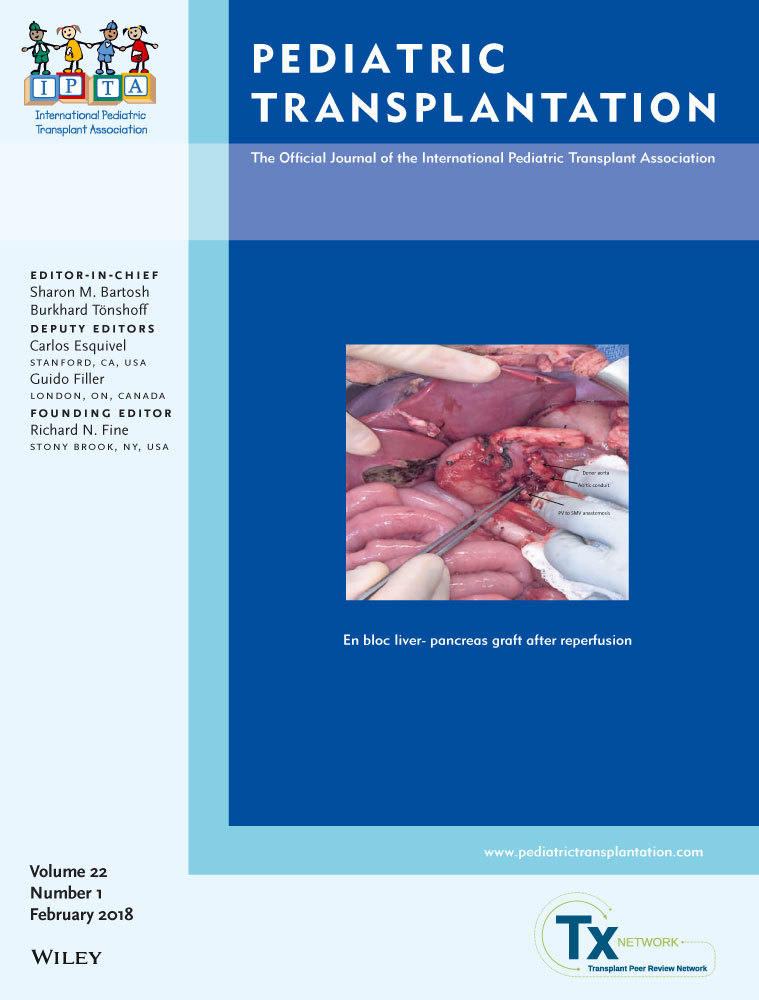Safety of mTOR inhibitor continuation in pediatric heart transplant recipients undergoing surgical procedures
Abstract
mTOR inhibitors have been associated with SWC when used in the perioperative period. Limited literature is available to guide providers in managing chronic mTOR inhibitor use in the perioperative period, especially in the pediatric setting. The primary aim of this study was to describe the prevalence of SWC with mTOR inhibitor continuation during the perioperative period for major surgeries. Heart transplant recipients ≤25 years old at the time of primary heart transplant receiving sirolimus maintenance therapy during a surgical procedure and within the study period were included. Surgeries identified within the study period included otolaryngology procedures (46.2%), such as tonsillectomies with or without adenoidectomies, cardiac surgeries (30.8%) including a sternal revision, pulmonary vein repair, and pacemaker placement in two patients, orthopedic surgeries (15.4%) including a posterior spinal fusion and an Achilles tendon lengthening with ankle and subtalar joint release, and a neurosurgery (7.7%), which was a ventriculoperitoneal shunt revision. Thirteen surgical encounters were examined. One SWC was observed, an infected pacemaker requiring systemic antibiotics and removal of the device. The results of this study suggest that sirolimus may be continued in the perioperative period based on the low rate of SWC observed.




